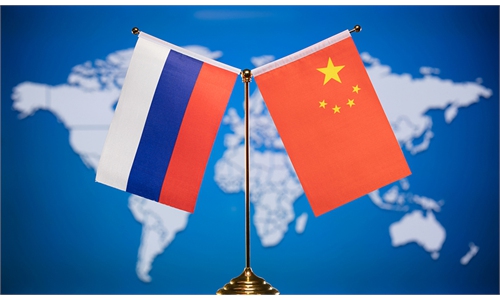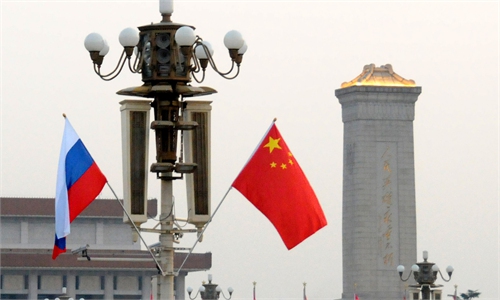Penangites waking up to higher water bill reality
GEORGE TOWN: Having boasted the cheapest water in the country for almost 30 years, Penangites received a wake-up call when the new water tariff was announced.
Now, many Penangites realise that they had taken cheap water for granted and they are feeling the pinch.
Retiree Mariam Abdul, 59, said her household of six family members saw their two-month water bill shoot from about RM50 to RM150.
Penang homes are billed for water once every two months since 25 years ago.
“We never really thought about how much water we used because our water bills were always so low,” she said.
The recent increase has prompted Mariam to become more mindful and encourage her family members to adopt better habits.
According to the former teacher they have begun checking for leaks, installing water-saving devices and turning off taps while brushing teeth or washing dishes.
“It has been a learning curve, but it is worth trying,” said the grandmother of four.
This sentiment is echoed by another Penangite, Ronny Lim, 39, who described his latest water bill as a “wake-up call”.
“We used to take things lightly, like using the water hose freely while washing our cars. Now, we start with a pail of soapy water before spraying the cars down,” he said.
The factory technician even stopped his children from playing with water while taking long baths.
“With the cost of almost everything going up now, I guess the price of water must go up too,” Lim said.
For the first 20,000 litres, Penangites used to pay just 22 sen per 1,000 litres. As of February, that became 62 sen (up 182%).
For 21,000 litres to 35,000 litres, it became RM1.17 per 1,000 litres (up 154% from 46 sen). Additional water consumption incurs much higher surcharges.
Penang’s water rates had stayed the same for almost 30 years, causing tap water here to be the cheapest in the country for over a generation.
Although water rates in all states were reviewed earlier this year, hundreds of Penangites had lodged official complaints and even the state assemblymen grumbled.
One of them was Batu Lanchang assemblyman Ong Ah Teong from DAP, who said the increase has burdened the people from the lower-income group.
“We are not opposed to the increase, but it should have been implemented gradually and incrementally, rather than a sudden 200% hike,” he said.
Seberang Jaya assemblyman Izhar Shah Arif Shah from Bersatu said, “don’t expect people to accept a high increase. It should be done in stages, not abruptly.”
Penang infrastructure and transport committee chairman Zairil Khir Johari said it was high time now for Penangites to use water wisely as it is a vital resource.
He said that despite the increase, the Penang water tariff is still among the lowest in the country.“The increase will help raise funds for much-needed water infrastructure projects such as pipe replacements and the building of new water treatment plants to ensure our water security,” he said.
Six months of free water, rebates
Related








